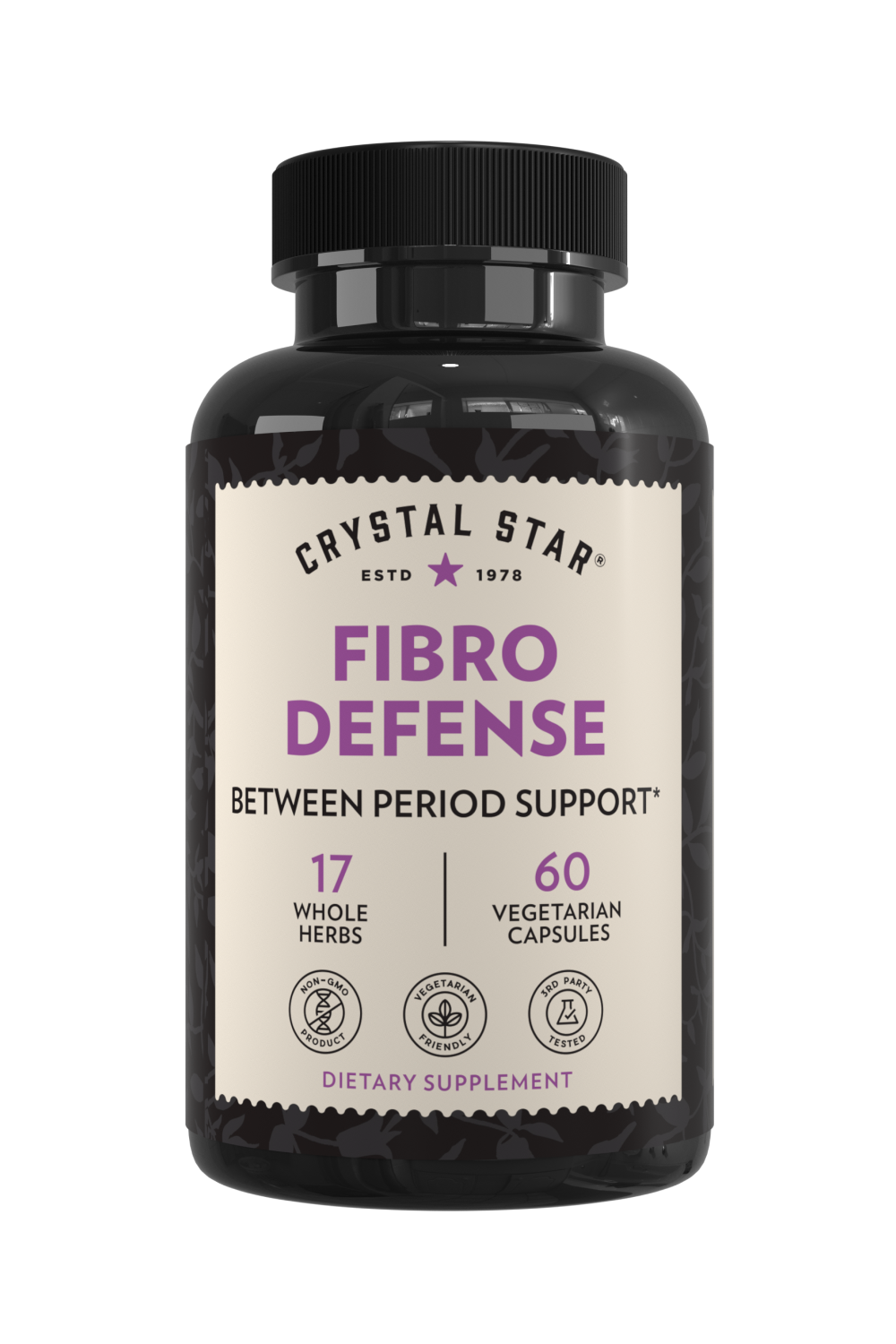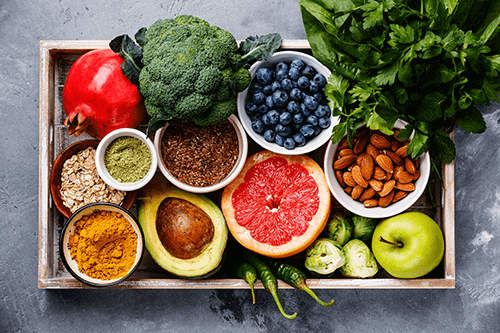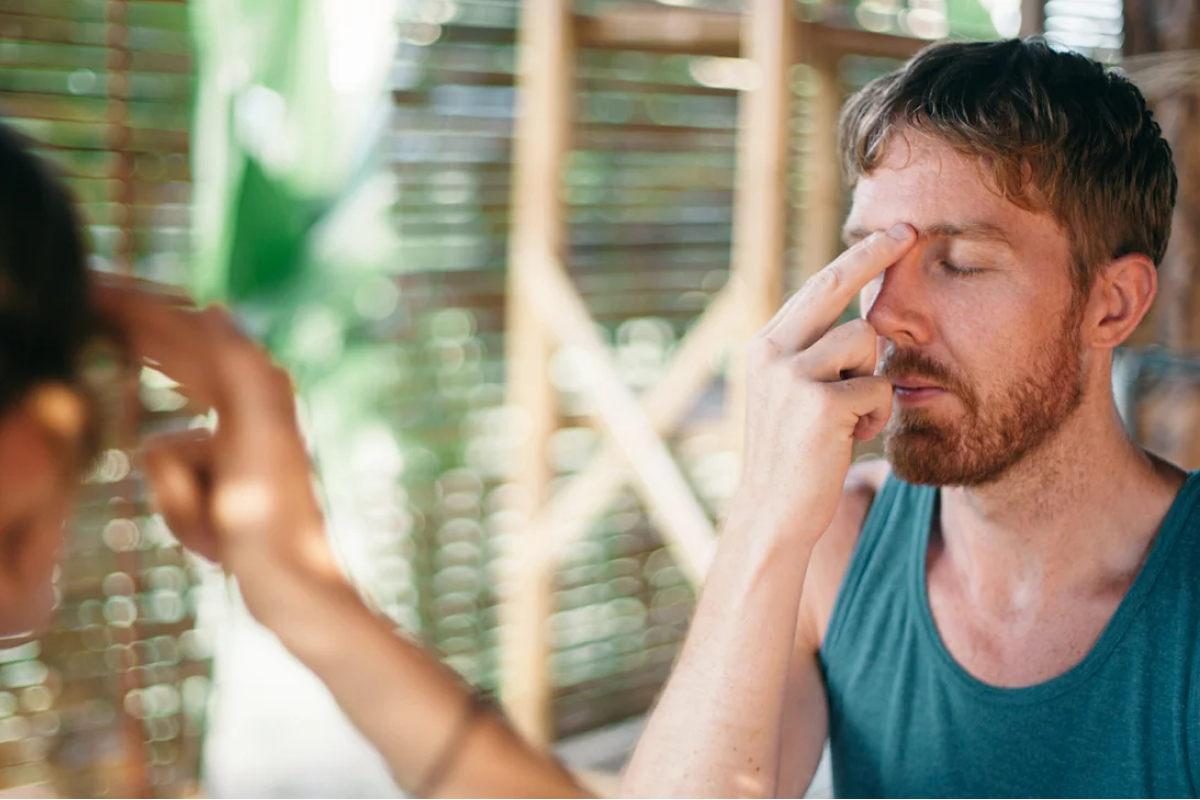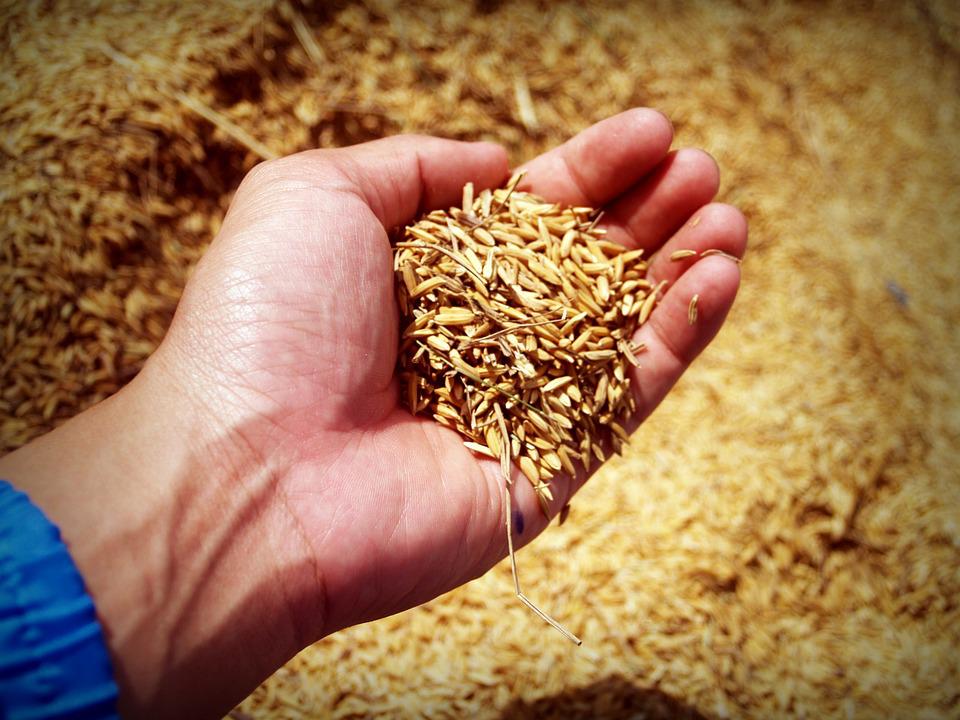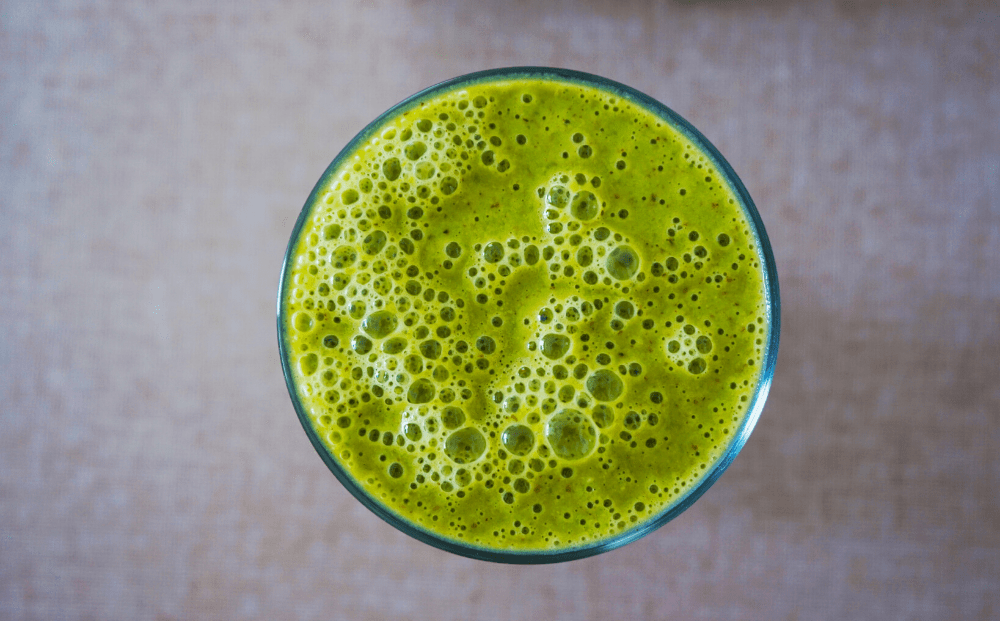
Stay In The Pink - Protect Breast Health With These Tips
Breast cancer is one of the most common cancers worldwide. In the United States, over 300,000 people develop this disease every year.[1] So when it comes to breast health, protecting yourself from cancer is essential.
But can you really prevent cancer?
While some risk factors for breast cancer may be hard to avoid (like your age), several lifestyle changes can help reduce your risk of this disease.
In this post, we’ll discuss how breast cancer is formed and which characteristics could put you at risk. We’ll dig into the science behind breast cancer prevention and take a look at your options for cancer screening.
What is breast cancer?
Breast cancer is a disease that forms when abnormal cells in the breast begin to multiply and grow out of control. These mutated cells may then create a solid mass or tumor in the breast.
Most breast cancers begin in the glands and ducts that produce and transfer milk to the nipple. Breast cancer can become invasive by spreading into the surrounding breast tissue or further.[2] [3]
Breast Cancer Risk Factors
There are numerous risk factors to consider when it comes to breast cancer. Some of these risks can be addressed and reduced (like alcohol consumption), but others may entirely be outside of your control. Your gender, age, genetics, and menstrual cycle can all impact your chances of developing this disease. Even though you may not be able to change some of these factors, it’s crucial to build awareness of your risk level to determine your needs for breast cancer screening.
Gender and Age
Your gender and age are the two largest risk factors for getting breast cancer. Both men and women can develop this disease; however, women are 70-100 times more likely to develop breast cancer than men. In 2020, an estimated 274,480 new invasive breast cancer cases will be diagnosed in women and only 2,620 cases in men.[4] [5]
As you age, your chances of developing breast cancer can increase. For women, your risk starts to rise significantly in your forties— these risks steadily increase through your fifties and sixties, and finally, begin to decrease as you enter your seventies. Breast Cancer diagnoses in women 39 and younger only make up about 2-4% of all breast cancer cases in the US.[6] [7]
Genetics and Family History
Some of your risks for breast cancer may lie in your DNA. Genetic mutations cause about 5-10% of breast cancer diagnoses. Two specific genes that your parents can pass to you, BRCA1 and BRCA2, can significantly increase your risk of both breast and ovarian cancer. Women who have one of these two mutations have up to a 70% chance of developing breast cancer by their eighties. Men who inherit these genes also increase their risk of breast and prostate cancer.
Your family history of breast cancer is important too. Women with a first-degree relative (mother, daughter, or sister) with breast cancer have almost double the risk of developing this disease. And having two first-degree relatives can increase your chances nearly three-fold.[8] [9]
Estrogen and Menstrual Cycle
Estrogen plays a crucial role in the development of breast cancer. This hormone is essential for breast cell development, and your lifetime exposure to it can increase your risk. Several factors can affect your lifetime estrogen exposure, including the age you of your first period, menopause, and childbirth.
Both early menstruation and late menopause can affect your breast development and increase your risks of cancer. The younger you are when you have your first period, the greater your chances of breast cancer; these risks are often strongest in women who bleed before 12. And women who undergo menopause after the age of 55 experience a similar rise in risk.[10] [11]
Estrogen can also contribute to your risk of developing uterine fibroids—noncancerous growths that can cause pain and discomfort in the body.[12] [13] And some studies suggest a link between women with fibroids and a slight increase in breast cancer risk.[14] [15]
Childbirth can change your estrogen levels and complicate your risk factors too. Women who have their first child after 30-35 have the most massive increase in risk, followed by women who never have children, and the lowest long-term risk belongs to women who have their first child before their thirties.[16] [17] [18] But even then, pregnancy raises your short-term risk of breast cancer for about 20 years after you give birth.[19] [20]
Can You Prevent Breast Cancer?
With so many uncontrollable risk factors, breast cancer can be tricky to prevent entirely. But several lifestyle choices can decrease your overall risk:
Alcohol Consumption
The amount of alcohol you drink directly increases your risk of developing breast cancer. Several scientific studies have found that even low alcohol consumption (three to six drinks per week) can increase your chances — and binge drinking only elevates that risk.[21] [22] [23] [24] According to the American Cancer Society, alcohol can cause your body to produce estrogen—a hormone responsible for breast development and a significant cancer risk factor.[25]
Exercise
Need a new reason to get fit? Research suggests that physical activity can lower the risk of breast cancer by about 25%.[26] Regular exercise performed at a moderate or vigorous intensity showed the most significant reductions. [27] And these beneficial effects may become even stronger after menopause.[28]
Diet
The connection between diet and breast cancer risk is highly debated. In Europe, researchers found that strong adherence to a Mediterranean diet can reduce your risk by about 20%.[29] Mayo Clinic also recommends Mediterranean foods for breast cancer prevention.[30]
Another recent study found that red meat may increase invasive breast cancer risk, while poultry consumption actually decreases your risk.[31] And processed foods may increase your chances for not only breast cancer but other forms of cancer as well.[32]
Breast Cancer Screening
Breast cancer screening is one of your best protective tools against invasive breast cancer. When this disease is caught early (stages 0 and 1), the five-year relative survival rate is 100%.[33] But those rates decrease as the cancer grows— making early breast cancer detection a matter of life or death.[34]
Breast cancer screening can include self-exams, clinical exams, annual mammograms, and other imaging procedures. Depending on your age and risk level, some forms of screening are recommended over others. If you want more information about breast cancer screening options, check out our sister post: Should I be screened for breast cancer.
Building Breast Health Awareness
Increasing your awareness of breast cancer is a powerful way to promote your health and protect your breasts. Your risk level for this disease can depend on numerous physiological factors. Still, lifestyle changes such as reducing alcohol consumption, increasing physical activity, and tweaking your diet can help reduce your overall risk. Seeking appropriate breast cancer screening can also help you catch cancer before it’s too late.
Amie Durenberger is a professional naturalist and science journalist located in Minneapolis, Minnesota. Her writing has appeared in the Teaching Artists Journal and The Department of Natural Resources’ Minnesota Conservation Volunteer.
Since 2013, she has worked as an environmental educator, teaching children and adults about biodiversity, conservation, and edible and medicinal plant uses. She is passionate about providing the public with knowledge and resources in which they can use to promote personal health and develop a stronger connection to the land. She also recognizes that many herbal remedies originated in indigenous tribes and aims to always use healing plants in a way that respects and honors those original people. Amie’s favorite herbal preparations include fresh nettle tea, homemade plantain salve, and wild sumac lemonade.
References
[1] Source 1: Cancer.org – How common is breast cancer
[2] Source 2: Cancer.org – What is breast cancer
[3]https://www.cancer.org/cancer/breast-cancer/understanding-a-breast-cancer-diagnosis/types-of-breast-cancer/invasive-breast-cancer.html
[4] https://www.cancer.org/cancer/breast-cancer-in-men/about/key-statistics.html
[5] https://www.cancer.org/cancer/breast-cancer/about/how-common-is-breast-cancer.html
[6] https://www.cancer.gov/types/breast/risk-fact-sheet
[7]https://www.cancer.org/content/dam/cancer-org/research/cancer-facts-and-statistics/breast-cancer-facts-and-figures/breast-cancer-facts-and-figures-2019-2020.pdf
[8]https://www.cancer.org/cancer/breast-cancer/risk-and-prevention/breast-cancer-risk-factors-you-cannot-change.html
[9] https://www.mayoclinic.org/diseases-conditions/breast-cancer/symptoms-causes/syc-20352470
[10] https://www.breastcancer.org/risk/factors/menstrual_hist
[11] https://www.ncbi.nlm.nih.gov/pmc/articles/PMC3488186/
[12] https://www.mayoclinic.org/diseases-conditions/uterine-fibroids/symptoms-causes/syc-20354288
[13] https://www.usafibroidcenters.com/blog/why-fibroids-cause-abdominal-leg-and-back-pain/
[14] https://www.ncbi.nlm.nih.gov/pmc/articles/PMC5391394/
[15] https://www.ncbi.nlm.nih.gov/pmc/articles/PMC5464846/
[16] https://www.cancer.gov/types/breast/patient/breast-prevention-pdq
[17] https://www.ncbi.nlm.nih.gov/pmc/articles/PMC2361726/
[18] https://www.ncbi.nlm.nih.gov/pmc/articles/PMC3117094/
[19] https://www.acpjournals.org/doi/10.7326/M18-1323
[20] https://academic.oup.com/humrep/article-abstract/35/6/1253/5848959
[21] https://jamanetwork.com/journals/jama/article-abstract/1104580
[22]https://www.cancer.org/cancer/breast-cancer/risk-and-prevention/lifestyle-related-breast-cancer-risk-factors.html
[23] https://academic.oup.com/aje/article/186/5/541/3806860
[24] https://onlinelibrary.wiley.com/doi/abs/10.1111/acer.13071
[25] https://jamanetwork.com/journals/jama/article-abstract/1104580
[26] https://pubmed.ncbi.nlm.nih.gov/21113759/
[27] https://www.ncbi.nlm.nih.gov/pmc/articles/PMC3142573/
[28] https://pubmed.ncbi.nlm.nih.gov/24375928/
[29] https://www.mdpi.com/2072-6643/10/3/326/htm
[30] https://www.mayoclinic.org/diseases-conditions/breast-cancer/symptoms-causes/syc-20352470
[31] https://pubmed.ncbi.nlm.nih.gov/31389007/
[32] https://www.ncbi.nlm.nih.gov/pmc/articles/PMC5811844/
[33] https://www.nationalbreastcancer.org/breast-cancer-stage-0-and-stage-1
[34]https://www.cancer.org/cancer/breast-cancer/understanding-a-breast-cancer-diagnosis/breast-cancer-survival-rates.html


